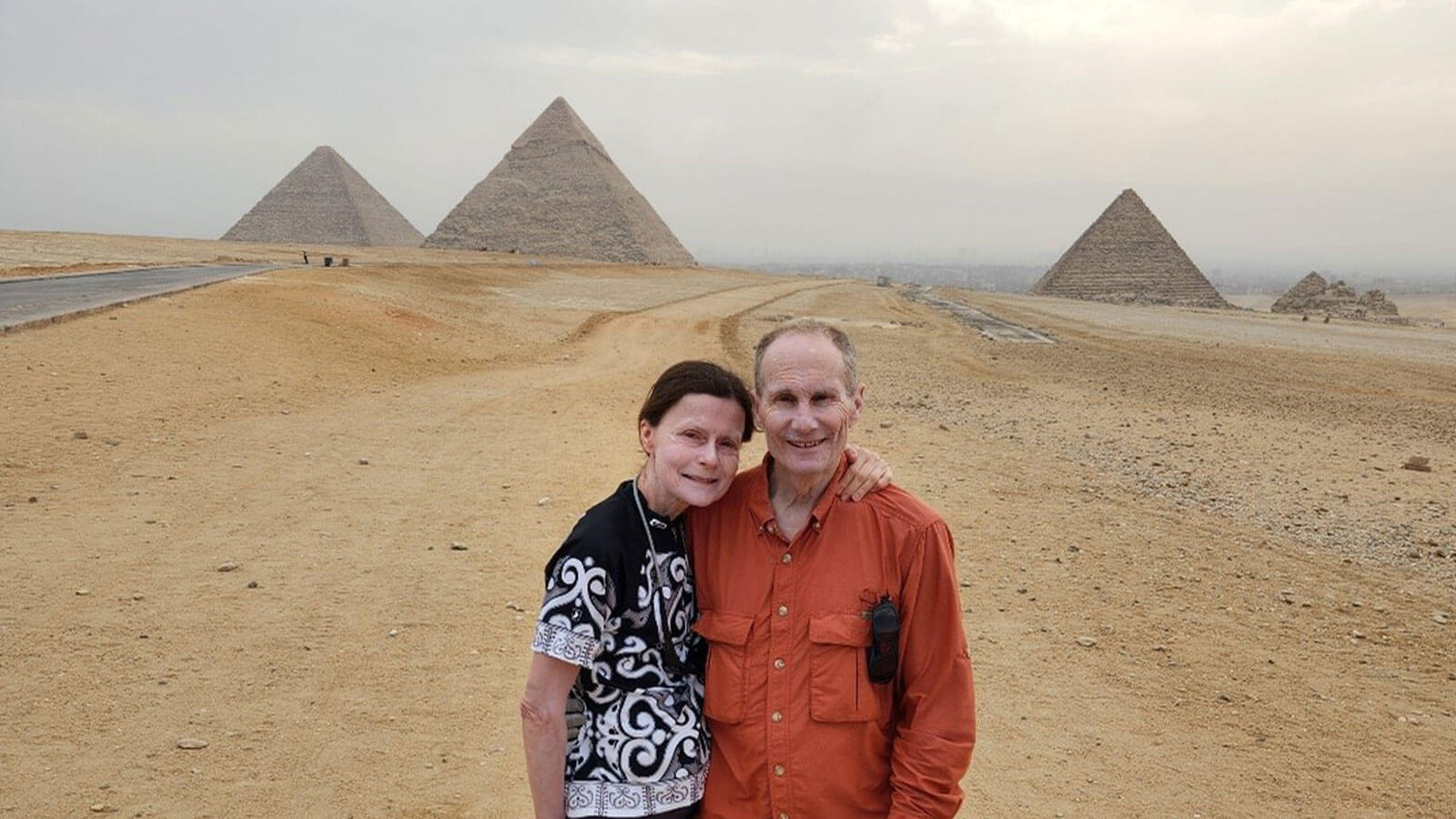Advocacy, Strength, and Hope in the Face of Metastatic Melanoma: Bruce and Chris's Story

In 2013, Bruce’s life changed. He was living in sunny Florida with Chris, his wife of over 20 years, when he received an unexpected diagnosis: metastatic melanoma—the most aggressive form of skin cancer.1,2
It was a disease Bruce had heard of before—a disease that will impact over 100,000 people in the U.S. this year and 510,000 people across the world by 2040.2,3 But it didn’t cross his mind when he noticed a small lesion on the top of his foot. Chris encouraged Bruce to get it checked out. In the days that followed, a string of tests revealed that he had melanoma. Unfortunately, in Bruce’s case, it was metastatic meaning it had already spread and advanced.
Bruce was devastated, and the diagnosis turned his life upside down. “My prognosis wasn’t good,” Bruce remembers. “Doctors gave me six months to live. I just kept trying to hang on, taking it day by day. It was hard not to lose hope.”
Resilience in the face of uncertainty
Thankfully, Bruce’s wife, Chris, a cancer survivor, former neuroradiologist, and nutritionist, sprang into action when Bruce was diagnosed. Through every doctor’s appointment, diet change, scan, and treatment discussion, Chris encouraged Bruce to stay strong and advocate for himself by asking questions and working with his team of doctors.
At Chris’ suggestion, Bruce asked his doctors if biomarker testing might be appropriate for him. “I knew that having as much information as we possibly could was going to be invaluable,” Chris said.
Much to Bruce’s surprise, the results of genetic testing showed that he had a gene mutation that is a biomarker in melanoma. As a result, he began a different treatment that his doctors believed would be best for his type of skin cancer, which was successful.
Enjoying a full life
Bruce’s story is not uncommon—from 2013 to 2017, the number of people dying from melanoma declined rapidly as the availability of different treatments increased.4,5 Different treatment options for melanoma historically included surgery, chemotherapy, and radiation, but more recently immunotherapy treatments and targeted therapies have become available.5,6 As the treatment paradigm evolves, clinical trials continue to push the boundaries of science to create new hope for people with this disease around the world.6
From being too scared to plan for the future to focusing on living each day to the fullest, Bruce’s tenacity in the face of cancer has given him a positive outlook on life, and an unwavering belief in science. Now, Bruce considers himself “one of the lucky ones”—enjoying a relatively normal life with Chris, taking walks together each day, spending time on the water and recently fulfilling his dream of seeing the pyramids.
Bruce recognizes that treating melanoma is not a “one size fits all” approach, and he wants to share his experience with the hope of inspiring others. He recently joined a mentorship program, run by AIM, a melanoma advocacy organization, where he is paying it forward by supporting others living with the disease.
Hope for the future of science
In Bruce’s words, “Chris literally saved my life. I’ve come so far since that first diagnosis. I’m positive about my future—and the future of medical science.”
Bruce and Chris’ story highlights the importance of advocacy and resilience, and the importance of continued research and innovation.
“At Pfizer, it’s the people impacted by cancer—and our desire to help them live longer and better lives—that drive our work forward,” says Karin Tollefson, Chief Oncology Medical Officer at Pfizer. “Despite increasing rates of melanoma, advancements in medicine have helped improve survival over the past decade. We are constantly striving for patients like Bruce to uncover further innovations to help us deliver breakthrough treatments where they are most needed.”